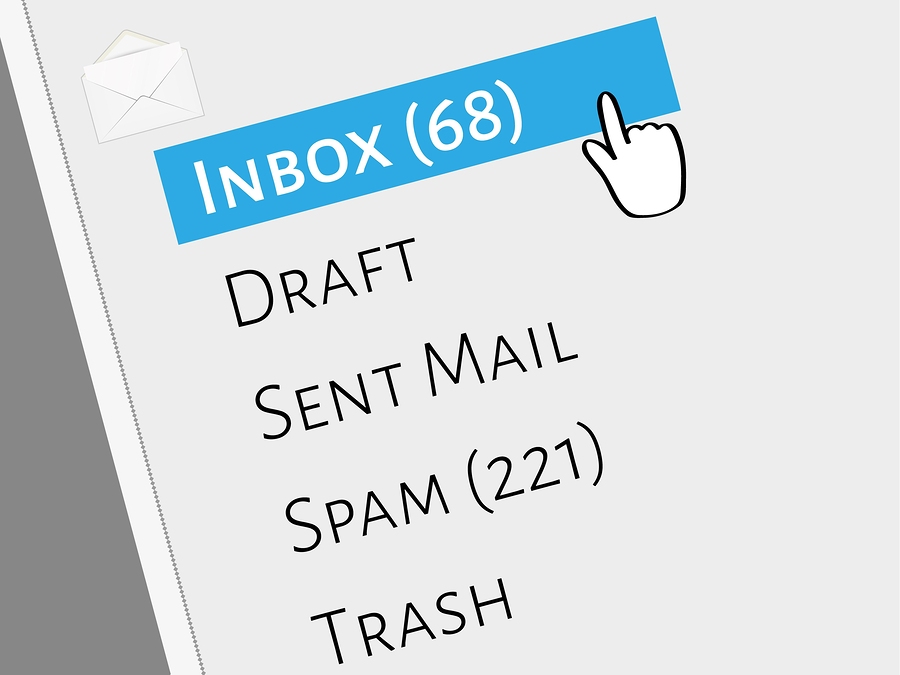
Our four top picks for free Analytics tools
Our four top picks for free Analytics tools
 Now this section does seem a bit daunting, and frankly too time-consuming to do thoroughly for many small businesses. Luckily, there are tools available that allow you to keep track of the searches you do and convert all of that information into an overview.
Now this section does seem a bit daunting, and frankly too time-consuming to do thoroughly for many small businesses. Luckily, there are tools available that allow you to keep track of the searches you do and convert all of that information into an overview.
The information can be put into dashboards, graphs or charts and they let you keep the content for future use. As these tools are flexible, you can focus more narrowly on what you would like to know.
For example, the frequency of mentions over time, demographics, urgent content that you need to respond to much more quickly and you can even use it as a personal ‘database’ for you to pick and choose what you need when you need it.
Online tools that are available to you:
Socialoomph: On Socialoomph you can manage your social media accounts and blogs as well as schedule posts in bulk, target users to follow and download analytics that have been gathered for you.
Although scheduled posts are handy and can save you a lot of time, you might want to consider whether this feature will be particularly helpful to the variety of audiences you want to reach on different online platforms.
Hootsuite: This tool is highly recommended by experts. You can subscribe to the free version online or (if you are willing to pay), you can add features such as private chat. If you are a manager for example and will have multiple employees using the tool, you can see when they are logging in, delegate work online as well as chat with employees (which is great if your employees work out of the office).
The cost of this feature increases per member so if you are a smaller business the cost is not too extortionate. Analytics are sent by email reports, which you can file or download to your desktop.
ManageFlitter: A great feature of ManageFlitter is the ‘power post’. See when most of your followers are online and schedule posts appropriately during this time. Other features involve tracking ‘unfollows’ and are soon to be introducing an analytics feature in some form.
Social Mention: Social Mention is a slightly different social listening tool. Instead of a dashboard of your accounts, it is a real-time search where you can find the most up-to-date information at that time. Just like other search engines, it is free and based on keywords or phrases.
You may have to filter out some irrelevant sources, but this tool does consider the meanings behind what you search and the information it finds, as well as brings up related keywords, mentions per second and the top users. Of course you would have to keep checking the same keywords over time if you would like to monitor them.
There is also the option to download the data. A very good tool, but depending on the aims of your business, it may not be the best if you are going to be away from the office and unable to monitor the information in the background.

 Imagine you wanted to find a good quality printing company that offers next day delivery. How would you find out? Through a search engine like Google most probably, right?
Imagine you wanted to find a good quality printing company that offers next day delivery. How would you find out? Through a search engine like Google most probably, right? I guess you could say Content Marketing is one of the latest crazes! But some people have done it since marketing began.
I guess you could say Content Marketing is one of the latest crazes! But some people have done it since marketing began. So you have got more traffic to your website. If your website is not good quality, you will have a low conversion rate, i.e. not many genuine leads. You could get hundreds of people visiting your website, and still only have a handful of people who will actually get in contact with you.
So you have got more traffic to your website. If your website is not good quality, you will have a low conversion rate, i.e. not many genuine leads. You could get hundreds of people visiting your website, and still only have a handful of people who will actually get in contact with you.


 Is Interruption Marketing annoying or successful? For anyone in marketing or you business owners out there, this could be something of a grey area for you. And rightly so! It’s a risky marketing technique and the last thing you want to do is make your customers run a mile in the other direction.
Is Interruption Marketing annoying or successful? For anyone in marketing or you business owners out there, this could be something of a grey area for you. And rightly so! It’s a risky marketing technique and the last thing you want to do is make your customers run a mile in the other direction. Social Media is the end of the world as we know it…
Social Media is the end of the world as we know it…